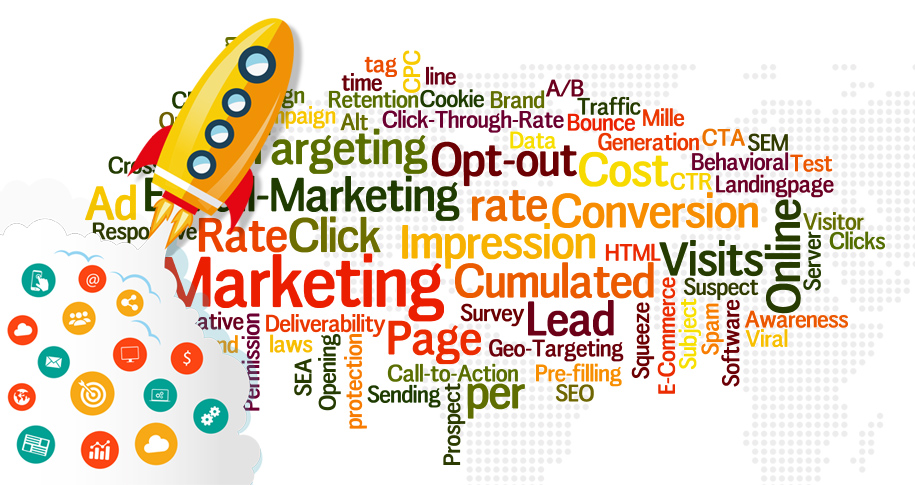What Is CAC?
Customer Acquisition Cost (CAC)What Is CAC?
Customer Acquisition Cos... More is the total amount of money you spend to get a new customer. It includes everything from marketing campaigns and advertisingDefinition
Brand awareness is the ext... More to sales team salaries and software tools. Think of it as the price tag for convincing someone to choose your product or service.
Understanding CAC is super important because it helps you figure out if your business is spending too much (or not enough) on bringing in new customers.
Why Does CAC Matter?
- Keep Profits in Check: If your CAC is higher than what you’re earning from customers, that’s a big red flag.
- Budget Smarter: Knowing your CAC helps you plan how much to invest in marketing and sales.
- Focus on Quality Leads: High CAC might mean you’re spending time and money chasing the wrong audience.
How to Calculate CAC
The formula for CAC is simple:
CAC = Total Sales and Marketing Costs ÷ Number of New Customers
For example, if you spent ₹1,00,000 on marketing and brought in 200 customers, your CAC would be ₹500.
But don’t stop there! Compare your CAC to your Customer Lifetime Value (CLV)Definition
Customer Lifetime Value (C... More. If you’re spending ₹500 to acquire a customer who brings in ₹5,000 over their lifetime, that’s a great deal!
Tips to Lower CAC
Want to reduce your CAC? Here are some tried-and-true strategies:
- Target the Right Audience: Focus on people who are more likely to buy your product.
- Refine Your Marketing Campaigns: Cut out underperforming ads and double down on what works.
- Use Referrals: Encourage happy customers to spread the word about your business.
- Streamline the Sales Funnel: Make the buying process as simple and fast as possible.
- Invest in Content MarketingDefinition
Content marketing is a str... More: Blogs, videos, and other content can attract customers without breaking the bank. - Leverage Automation: Use tools like email automation or CRM systems to save time and resources.
Challenges with CAC
- Hidden Costs: Don’t forget to include all expenses, like tools or salaries, when calculating CAC.
- Long Sales Cycles: For businesses with longer sales processes, it can take a while to see the full picture.
- Balancing Growth and Spending: While you want to grow quickly, overspending can hurt your profitability.
Real-World Examples of CAC in Action
- Airbnb: Focused on word-of-mouth and community-driven marketing to keep CAC low while scaling rapidly.
- Slack: Used freemium models to attract users for free and then converted them into paying customers.
- HubSpot: Relied heavily on content marketingDefinition
Content marketing is a str... More to attract leads and lower CAC.
Why a Healthy CAC Matters
A reasonable CAC is a sign of a healthy business. It means you’re spending wisely to grow while still keeping an eye on profits. If your CAC is low, you’ll have more money to invest in other areas, like improving your product or expanding your team.
Conclusion
Customer Acquisition CostDefinition
Acquisition Cost, often re... More isn’t just another business metric—it’s a key piece of the puzzle when it comes to growth and profitability. By keeping an eye on your CAC and finding ways to optimize it, you’ll set your business up for long-term success.
